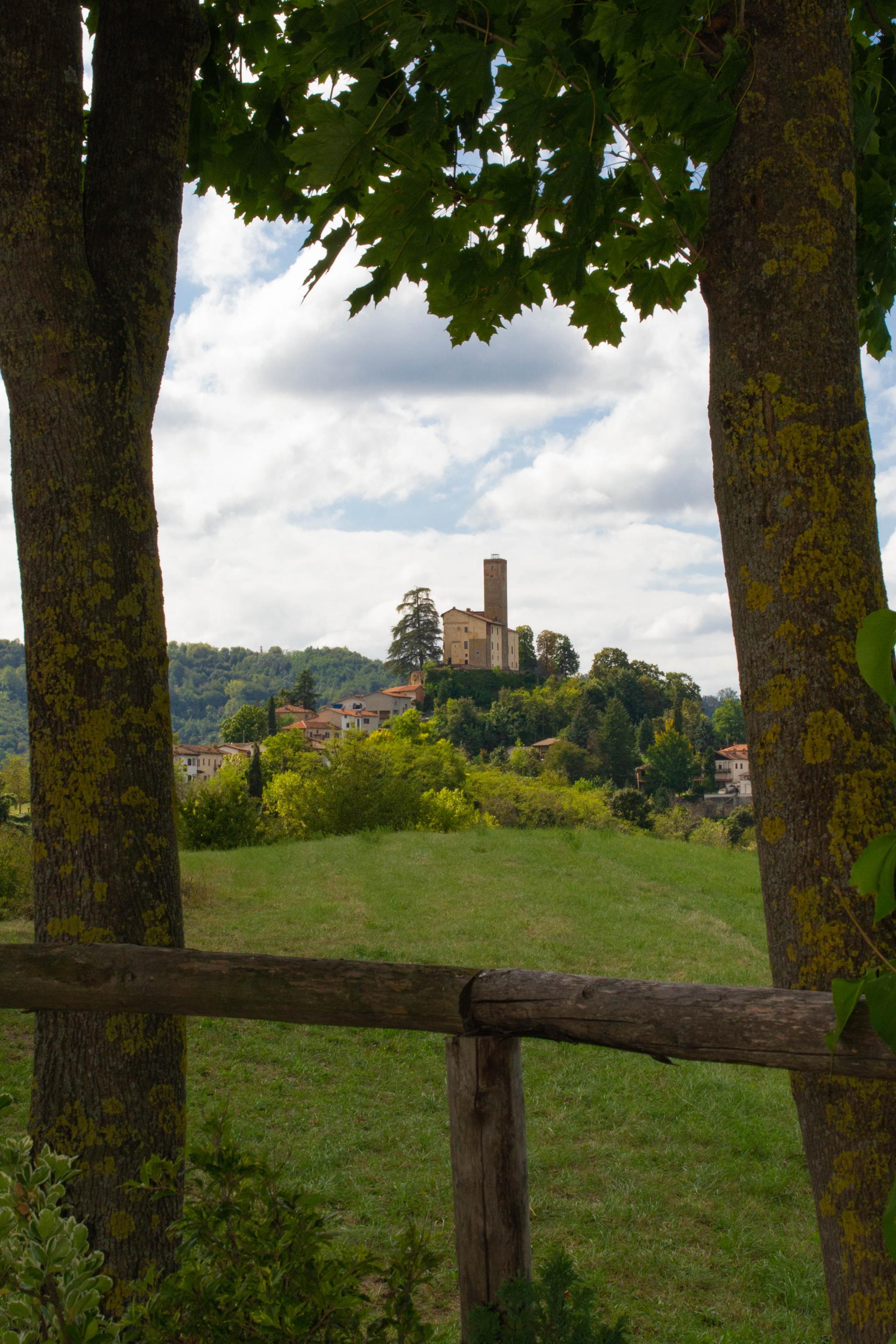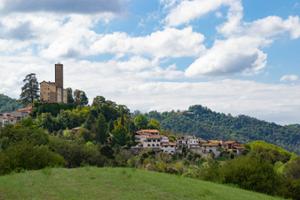
MOMBASIGLIO, VALLI MONGIA E CEVETTA LANGA CEBANA
- Home
- The Territory, our home - Visit Cuneese
- MOMBASIGLIO
MOMBASIGLIO
A MIX OF HISTORY AND NATURE
Mombasiglio is a small, charming town perched on a hill, characterized by interesting architectural, archaeological and naturalistic assets. Set among Roman and pre-Roman finds, castles and medieval churches, it is the ideal place in which to discover the historical evolution of the territory between Piedmont and Liguria.






Discover
more

Mombasiglio is located in the valley of the Mongia river, in a strategic location which, over the centuries, has determined its history, and the wealth of its architectural and archaeological heritage. Thanks to its proximity to the ancient road that connected the Po valley to the coast, it is home to many traces of the past, both from the Ligurian and Roman periods.
The hill of Sant’Andrea, next to the ancient Braia road, hosts the foundations of a ruined church dating back to the year 1000, made into an archaeological area. Here, at the beginning of the twentieth century, three Roman tombstones were found and, exceptionally, an Etruscan tombstone, proof that these areas were already frequented 2,400 years ago.
The remains of the priory of San Giovanni del Bosco can be found a little further north in what is now a private house. One of the oldest medieval monastic settlements in the Monregalese area, it features traces dating prior to the year 1000, and is located right on the border between the municipalities of Mombasiglio, Lesegno and Ceva.
The imposing bulk of the castle stands on the main hill of the town. It is one of the best preserved buildings in the territory of the ancient marquisate of Ceva, its high tower guarding the ricetto, or shelter, below. The manor houses the collections of the civic museum and the museum dedicated to General Napoleon Bonaparte and the French campaign of 1796, full of reconstructions and collections of period prints, including the famous panels by Bagetti.
The unique features of Mombasiglio include one of the few natural bridges to be found n Europe, located in the Masentine area. Created as a result of the erosion caused by the Mongia river over thousands of years, it was used through the centuries as a road that connected the two banks of the valley.
esempi di as xml: xml serveResource con templateId (chiave)
esempi di as json: json serveResource con templateId (chiave)
esempi di as json e siteId: json serveResource con siteid
No result


